Table of Contents
- Abstract
- 1. Introduction
- 2. Modern Dermatological Diagnostic Framework
- 3. Ayurvedic Diagnostic Framework (Nidana Pariksha)
- 4. Psychological and Emotional Assessment
- 5. Differential Diagnosis
- 6. Pathophysiological Correlation
- 7. Supporting Diagnostic Tools
- 8. Prognostic Assessment
- 9. Integrative Diagnostic Reasoning
- 10. Case Observation Patterns
- 11. Psychological Burden and Its Diagnostic Relevance
- 12. Importance of Early and Correct Diagnosis
- 13. Documentation and Standardization
- 14. Conclusion
- References
- Our Other articles
Abstract
Acne vulgaris remains one of the most prevalent dermatological conditions worldwide, affecting more than 80% of adolescents and a significant proportion of adults. Diagnostic precision in acne extends far beyond the identification of superficial lesions—it involves comprehensive clinical examination, hormonal and biochemical evaluation, psychological assessment, and constitutional analysis in the Ayurvedic framework. This article provides a detailed diagnostic approach integrating modern dermatological science with Ayurvedic principles, aiming to guide clinicians toward a more individualized and effective management strategy.
Keywords: Acne vulgaris, Diagnosis, Nidana Panchaka, Yuvan Pidika, Hormonal profile, Dermatology, Ayurveda
1. Introduction
Acne vulgaris is a chronic inflammatory skin disease of the pilosebaceous unit. Although often perceived as a cosmetic concern, its pathophysiological complexity necessitates a structured diagnostic framework. Accurate diagnosis not only helps in selecting the appropriate treatment but also in predicting prognosis, identifying systemic comorbidities, and addressing the psychological burden associated with the condition.
From an Ayurvedic standpoint, acne is closely correlated with Yuvan Pidika, arising from the vitiation of Vata, Pitta, and Kapha doshas along with Rakta dushti and srotas obstruction. This dual approach—modern and traditional—provides deeper insights into the disease mechanism and supports precise diagnostic reasoning.
2. Modern Dermatological Diagnostic Framework
2.1 Clinical Examination
Diagnosis begins with a thorough inspection of the lesion—its morphology, distribution, and chronicity. The standard classification includes:
- Non-inflammatory lesions: Open and closed comedones.
- Inflammatory lesions: Papules, pustules, nodules, cysts.
- Common distribution: Face, particularly T-zone, followed by chest, shoulders, and back.
Severity is assessed based on lesion count and distribution:
- Mild: Limited comedones and papules.
- Moderate: Papules, pustules, and some nodules.
- Severe: Nodulocystic acne with scarring.
A structured lesion classification guides both the selection of therapy and prognosis.
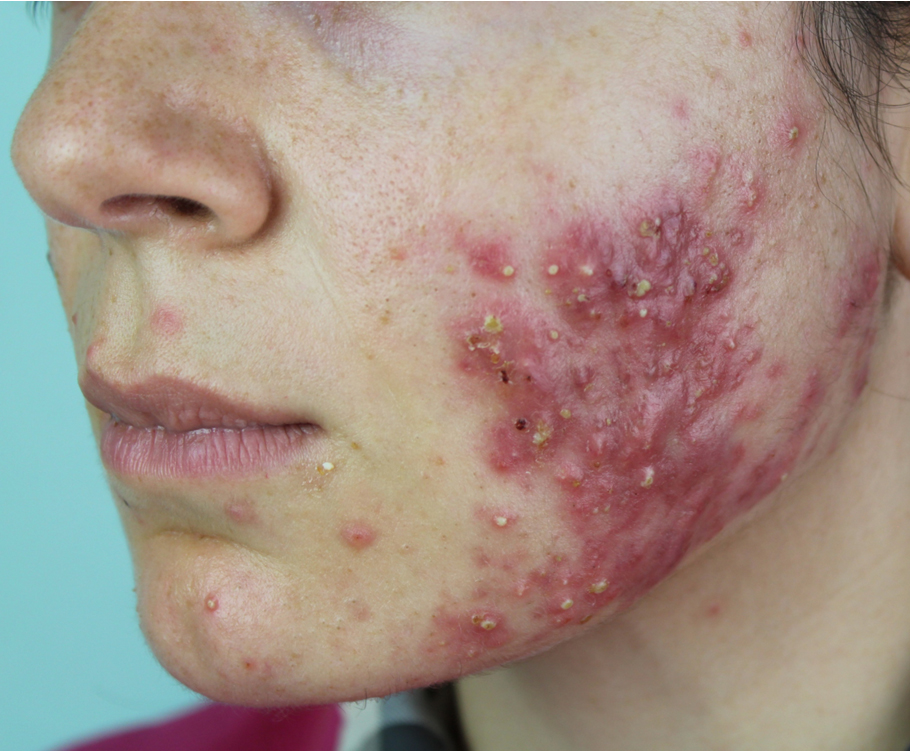
2.2 Acne Severity Grading Systems
Objective grading is essential for standardization. Widely accepted tools include:
- Global Acne Grading System (GAGS): Scores based on lesion type and regional involvement.
- Leeds Revised Acne Grading System: Allows live or photographic grading, valuable in research.
- Cook’s Acne Severity Scale: Compares lesions with standardized photographic references.
“Standardized acne grading allows physicians to objectively evaluate disease severity and monitor therapeutic progress.” — American Academy of Dermatology, 2023.
2.3 Laboratory Investigations
Although primarily clinical, lab evaluation is vital in resistant or atypical cases.
- Hormonal Profile: Total/free testosterone, DHEAS, LH/FSH ratio, cortisol, prolactin.
- Lipid Profile: Hyperlipidemia can influence sebaceous activity.
- Glycemic Profile: To rule out insulin resistance and Polycystic ovary syndrome (PCOS).
- Microbial Culture: Identifies resistant Cutibacterium acnes strains.
These investigations help uncover endocrine and metabolic drivers of acne.
2.4 Imaging and Endocrine Workup
- Pelvic ultrasonography: Indicated in female patients with menstrual irregularities.
- Thyroid and adrenal profiles: When systemic symptoms are present.
This helps differentiate simple acne from acne secondary to systemic disorders.
3. Ayurvedic Diagnostic Framework (Nidana Pariksha)
3.1 Rogi Pariksha (Patient Examination)
Ayurvedic diagnosis emphasizes individual constitution (Prakriti) and disease state (Vikriti). Key aspects:
- Prakriti: Pitta-Kapha individuals tend to have more inflammatory acne; Vata-Pitta may present with intermittent, less pustular lesions.
- Agni: Impaired digestive fire (Mandagni) contributes to Ama formation and dosha vitiation.
- Srotas involvement: Primarily Rakta Vaha and Swedavaha Srotas.
3.2 Roga Pariksha (Disease Examination)
Yuvan Pidika is characterized by:
- Painful, reddish Pidakas (pustules).
- Burning (Daha), itching (Kandu), mild swelling (Shotha).
- Exacerbation with oily or hot food (Ushna, Snigdha Ahara).
3.3 Trividha Pariksha (Threefold Examination)
- Darshana: Visual inspection of lesions.
- Sparshana: Palpation to assess depth, tenderness, consistency.
- Prashna: Detailed history—diet, menstrual cycle, sleep, stress, and elimination habits.
3.4 Nidan Panchaka (Fivefold Diagnosis)
- Nidana: Causative factors—dietary, lifestyle, emotional.
- Purvarupa: Early symptoms—greasy skin, mild eruptions, itching.
- Rupa: Manifest acne lesions.
- Upashaya: Response to dietary or cleansing interventions.
- Samprapti: Dosha aggravation → srotas obstruction → inflammation.
4. Psychological and Emotional Assessment
Psychological states strongly influence acne pathogenesis. Elevated stress increases cortisol, exacerbating sebaceous activity and inflammation. Depression, anxiety, and low self-image are common comorbidities.
In Ayurvedic texts, Krodha (anger), Shoka (grief), and Chinta (worry) are Manasika Nidanas, worsening Pitta and Rakta imbalance, thereby aggravating acne.
Screening for stress, sleep disturbances, and emotional triggers is integral to diagnosis. This holistic evaluation differentiates merely symptomatic acne from stress-induced exacerbations.
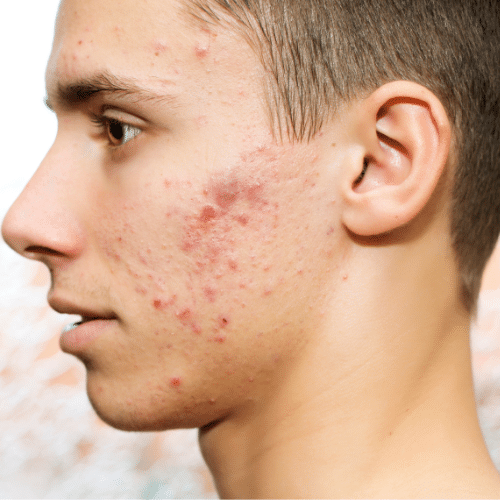
5. Differential Diagnosis
An essential part of accurate diagnosis involves excluding other dermatoses:
- Rosacea – lacks comedones, has persistent flushing.
- Perioral dermatitis – clustered papules near the mouth.
- Folliculitis – bacterial infection of follicles.
- Keratosis pilaris – follicular keratotic papules.
Ayurvedic differentiation relies on doshic predominance, chronicity, lesion morphology, and seasonal aggravation.
6. Pathophysiological Correlation
| Modern Mechanism | Ayurvedic Correlate |
|---|---|
| Sebaceous hyperactivity | Kapha vriddhi |
| Follicular hyperkeratinization | Srotorodha |
| Microbial proliferation | Rakta dushti |
| Inflammation | Pitta aggravation |
Recognizing this correlation aids in creating a personalized diagnostic impression that guides targeted interventions.
7. Supporting Diagnostic Tools
7.1 Dermatoscopy
Provides magnified visualization of lesion depth, vascular pattern, and differential diagnosis.
7.2 Photographic Documentation
Enables objective monitoring and research-standard comparisons over treatment timelines.
7.3 Sebumeter
Quantifies sebum excretion; useful in advanced clinical and academic settings.
7.4 Scar and Pigmentation Grading
Post-inflammatory scarring and pigmentation should be recorded systematically to assess prognosis and therapeutic goals.
8. Prognostic Assessment
Accurate diagnosis allows for early prediction of prognosis. Prognostic indicators include:
- Age of onset: Early-onset acne typically resolves better.
- Dosha dominance: Pitta-Kapha type is more prone to chronic inflammation.
- Hormonal involvement: PCOS and endocrine disorders indicate recurrent flares.
- Scarring tendency: Suggests chronic inflammatory response.
From an Ayurvedic perspective, if Rakta and Pitta aggravation are addressed early, long-term sequelae can be minimized.
9. Integrative Diagnostic Reasoning
A comprehensive diagnostic framework must merge the objectivity of modern dermatology with the individualization of Ayurveda. A skilled clinician should:
- Record lesion type, distribution, severity (GAGS score).
- Evaluate hormonal and metabolic markers.
- Perform Prakriti and Vikriti Pariksha.
- Assess manasika nidana (emotional factors).
- Determine samprapti stage and doshic involvement.
- Rule out differential conditions.
This multi-dimensional diagnosis transforms acne from a superficial skin issue into a multi-systemic condition requiring integrative understanding.

10. Case Observation Patterns
Based on clinical practice, several diagnostic patterns emerge:
- Hormonal acne in young females: Jawline distribution, cyclic flare-ups, PCOS signs.
- Kapha-dominant oily skin acne: Persistent comedones and pustules, aggravated by diet.
- Stress-exacerbated acne: Rapid flares during academic or work stress periods.
- Mixed dosha acne: Variable lesion type, chronic relapses.
Identifying these patterns at the diagnostic stage sharpens clinical judgment and informs personalized therapy.
11. Psychological Burden and Its Diagnostic Relevance
Dermatological studies consistently show increased incidence of anxiety and depression in acne patients. The psychodermatological axis plays a major role in disease course. Addressing mental health during diagnosis helps improve adherence and treatment outcomes.
Ayurveda considers the mind (Manas) an inseparable component of health. Diagnostic protocols must therefore include emotional history-taking and assessment of stress-inducing lifestyle habits.
12. Importance of Early and Correct Diagnosis
Failure to diagnose the underlying systemic and doshic factors can result in:
- Unnecessary or inadequate therapies.
- Chronic relapses and scarring.
- Ignored endocrine or metabolic disorders.
- Poor patient satisfaction and mental health decline.
A precise diagnosis is the foundation of rational and effective management.
13. Documentation and Standardization
For clinical research and treatment monitoring, documentation should include:
- Lesion grading using a standardized scale.
- Prakriti and dosha analysis.
- Hormonal/lab reports.
- Psychological assessment notes.
- Prognostic markers and response indicators.
This structured format helps standardize Ayurvedic-modern integrative dermatology practice and supports publication-level clinical reporting.
14. Conclusion
Acne vulgaris is far more than a superficial skin condition. Its diagnosis demands a comprehensive, structured, and integrative approach. Modern dermatology provides objective tools such as lesion grading, hormonal profiling, and laboratory testing. Ayurveda offers individualized diagnostic reasoning through Nidana Panchaka, Prakriti Pariksha, and Samprapti analysis.
Together, these systems allow clinicians to identify not just the visible lesions but also the internal systemic imbalances and psychological triggers driving them. Early and accurate diagnosis creates the foundation for personalized, effective, and sustainable treatment protocols.
“The face often reflects the inner state of the body and mind. In acne, diagnosis is not just seeing the skin—it is understanding the person.”
References
- World Health Organization. Global report on skin diseases. 2023.
- American Academy of Dermatology. Guidelines of care for acne vulgaris. 2023.
- Bhavaprakasha Nighantu — Yuvan Pidika Adhyaya.
- Indian Council of Medical Research. Indian Clinical Dermatology Guidelines. 2022.
- Thiboutot D, et al. Pathogenesis of acne. Journal of the American Academy of Dermatology. 2019. https://www.jaad.org
- Williams HC et al. Acne vulgaris. Lancet. 2012;379:361–372. https://www.thelancet.com
- Dreno B, et al. Global Alliance to Improve Outcomes in Acne. J Dermatol. 2018.
- Sushruta Samhita — Nidana Sthana, Twak Rogas.
- National Center for Biotechnology Information. PubMed Central — Acne Vulgaris Reviews. https://www.ncbi.nlm.nih.gov/pmc
- Sharma PV. Dravyaguna Vigyan and Chikitsa Siddhanta — Commentary on Yuvan Pidika.
Our Other articles
Acne Vulgaris: Causes, Pathogenesis, and Risk Factors Explained
Acne Vulgaris: Integrative Ayurvedic and Modern Therapeutic Protocols
Food Safety and Standards Act, 2006: Ensuring Safe & Healthy Food for India
Psoriasis: Modern and Ayurvedic Perspectives
Disclaimer: This article is for educational purposes only. It is based on multiple credible sources and expert opinions. AI tools were used to compile and structure the content. It should not replace professional medical advice.
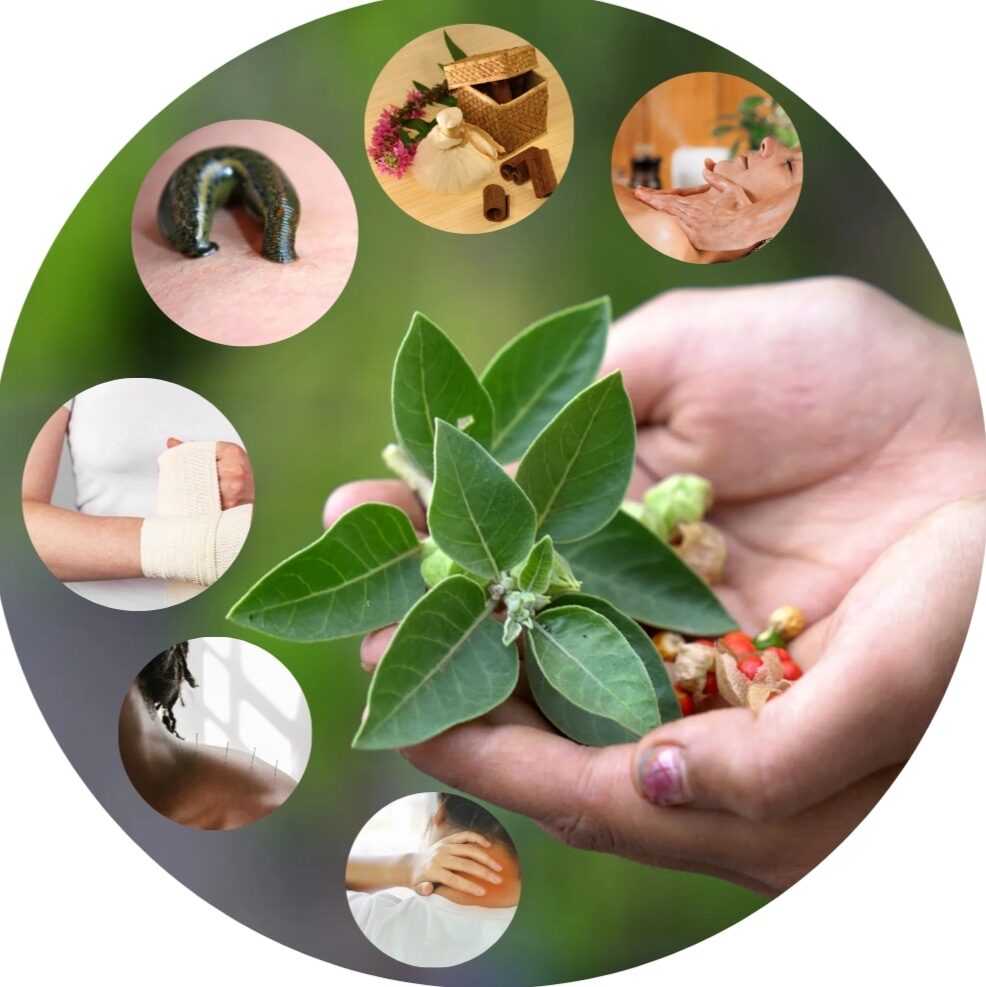
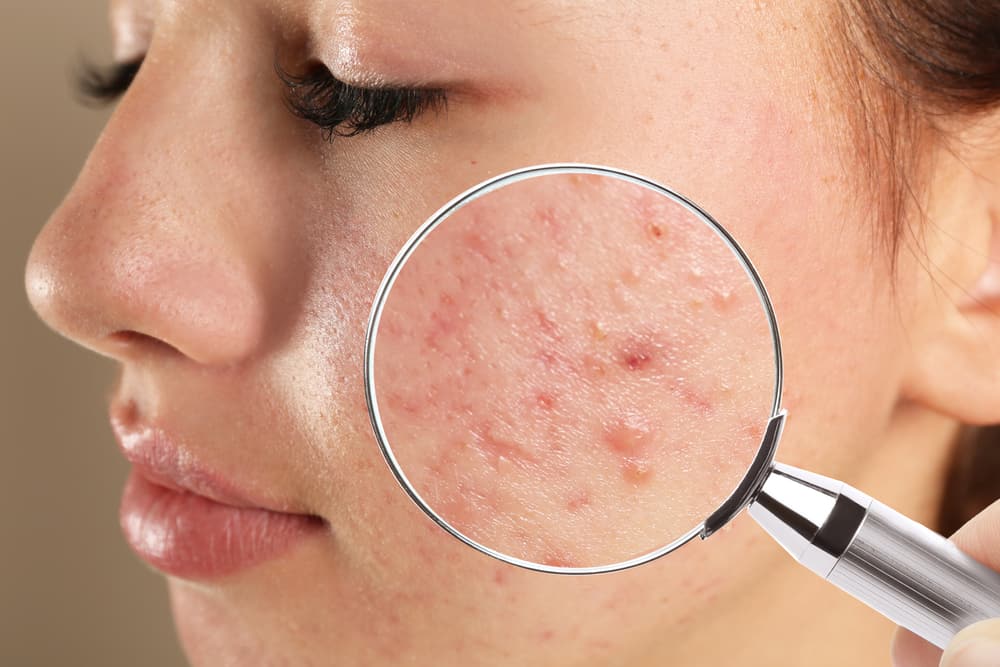

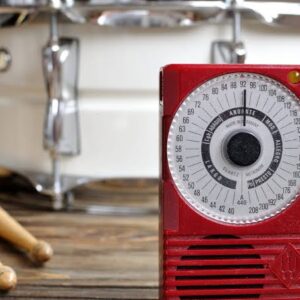


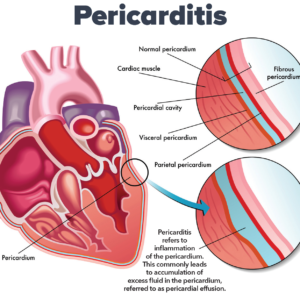
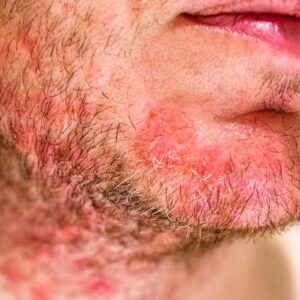
Pingback: Corn (Clavus) — Causes, Symptoms, Diagnosis & Ayurvedic & Modern Treatment: A Complete Clinical Guide -